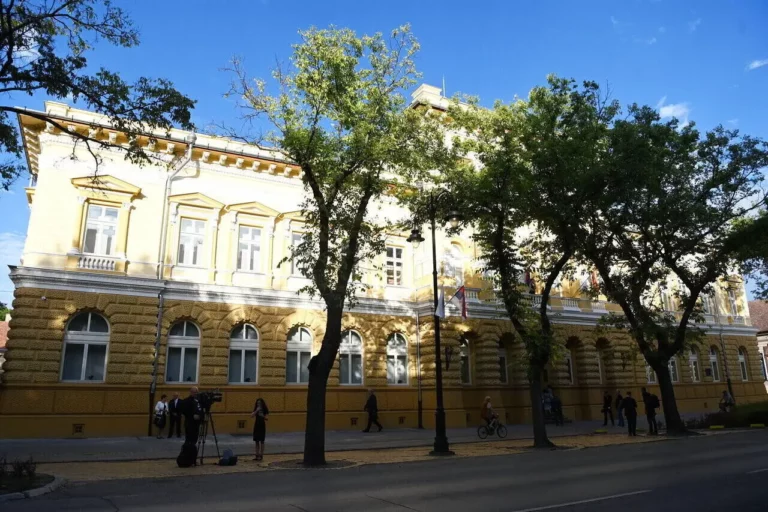language
What languages have influenced the Hungarian language?

The most beautiful Hungarian words II.

The funniest Hungarian expressions

PHOTOS: famous Hungarian poet Sándor Petőfi celebrated in India

Hungarian government to tell the truth about Hungary in new podcast

The history of the Hungarian language

Romanian mayor had the Hungarian sign covered with a Romanian flag – VIDEO

Long night of literatures with a renowned Hungarian author in India

The most beautiful Hungarian words

English words that are derived from the Hungarian language — Part II

English words that are derived from the Hungarian language

Hungarian language teacher training faculty building inaugurated in Serbia

VIDEO: King Charles III greeted Hungarians partly in Hungarian

Hungarian words that do not exist in English

Hungarian words that are also used in English – part II.

TOP 8 Hollywood stars who speak Hungarian – VIDEOS

Ukrainians speak Hungarian at the front so that the Russians will not understand them — VIDEO

Expats living in Hungary share their favourite Hungarian words





 ZH
ZH IT
IT DE
DE HR
HR NL
NL FR
FR JA
JA RO
RO RU
RU ES
ES TR
TR
